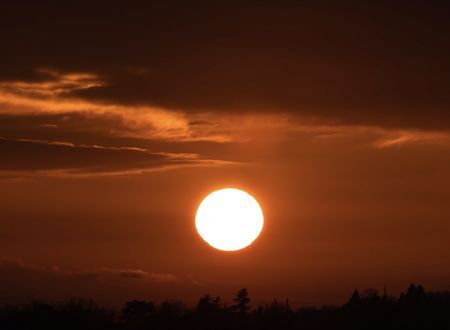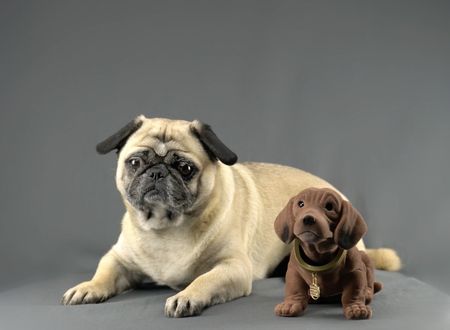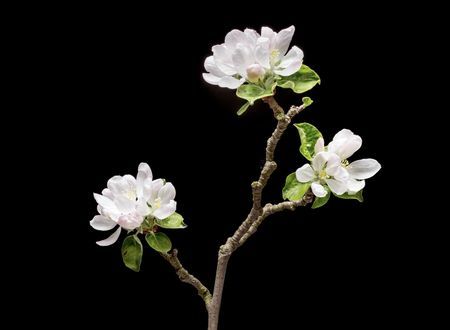Lord Vishnu took many avatars or incarnations to destroy evil forces and restore Dharma in the Universe. The 10 avatars of Vishnu are called the Dasavatar (Das means ‘10’).
An avatar refers to the appearance or manifestation of God in an earthly form. Though most people are familiar with the avatars of Lord Vishnu, other deities like Shiva, Brahma, and Goddess Parvati, too, have taken many Avatars, according to Hindu mythology.
Vishnu’s avatars are of different types. The 1st chapter of Goloka Kanda of Garga Samhita Narada mentions different types of avatars like Sakshaty Avatar and Avesa Avatar.
When Vishnu himself comes down to earth, taking forms like Krishna, Rama, and Narasimha, it is Sakshaty Avatara. When Vishnu indirectly empowers someone to represent him, that entity is an Avesa Avatara. Sage Narada, Vyasa, and Parashurama are examples of the latter.
Anshavatars and Purna Avatar are two sub-categories of Sakshaty Avatar.
In Purna Avatar, all qualities of Lord Vishnu find expression. Rama, Krishna, and Narasimha are examples.
In Amsarup Avatars, though Vishnu takes form directly, he is manifest only partially. Matsya, Kurma, and Varaha are examples.
Srimad Bhagavatam, in Canto 1, Chapter 3, says that Lord Vishnu has numerous incarnations. It also mentions around 24 avatars, which are some of the important ones.
Dasavatar of Vishnu
The Rishis or sages chose 10 avatars from among the many incarnations of Vishnu as representatives of the rest. These 10 incarnations form the Dasavatar. Garuda Purana, which dates back to the 1st millennium BCE, introduces the Dasavatara list of Vishnu.
Different versions of the Dasavatar list are found in different scriptures. In the Agni, Garuda, Padma, Linga, Skanda, Narada, and Varaha Puranas, Buddha features as one of the Vishnu avatars. But some scriptures do not include Buddha or Balarama in their lists. Vayu Purana, for instance, replaces them with Dattatreya and Vyasa.
Matsya, Kurma, Varaha, Narasimha, Vamana, Parashurama, Rama, Krishna, Buddha, and Kalki are the most popular and widely known 10 avatars of Vishnu, and they feature in many Puranas.
The Shiva Purana mentions Balarama as the 8th Avatar in its list.
Let us know more about the 10 avatars of Vishnu.
1. Matsya Avatar
This is a half-fish and half-human form. As per the Matsya Purana, Matsya warns Manu, who is the leader of human beings, about the great flood and helps him to rescue all the motile living beings, the Vedas, and the seeds of all plants.
2. Kurma Avatar
Kurma is a half tortoise and half-man form. When the Milky Ocean was churned for Amrit, it was he who balanced Mount Mandara on his shell. He also supported the weight of the cosmos on his back.
3. Varaha Avatar
Varaha is a half-man and half-boar form. In this form, Vishnu killed the demon Hiranyaksha to save Bhudevi, who personified the earth and used his tusks to bring her back from the depths of the ocean.
4. Narasimha
Narasimha is a half lion and half-human form. His descent ended the reign of the demon king, Hiranyakashipu, and restored peace, order, and righteousness on earth.
5. Vamana
The dwarf Brahmin, Vamana, was the 5th avatar of Vishnu. He took this avatar to check the immense power of the demon king, Mahabali. He accomplishes his aim by playing a trick on him during a yajna ceremony. He also sent him down to Patal or the underworld.
6. Parashurama
This avatar is a Brahmin Kshatriya. He is portrayed as a sage holding an ax in his hand. He came to end the tyranny of the arrogant Kshatriyas, who were drunk on power and harassed others.
7. Rama
The hero of the epic, Ramayana, this avatar is also a major deity of Hindus. He took birth to kill the demon king Ravana, who kidnapped his wife Sita and took her to his kingdom, Lanka.
8. Krishna
Krishna is also a major deity in Hinduism. He took birth to end the reign of his tyrant uncle, Kamsa, who was his mother’s brother. In the epic, Mahabharata, he was the ally and advisor of the Pandava princes. He was Arjuna’s charioteer during the Kurukshetra war.
9. Buddha
He was born as the prince, Siddhartha Gautam, but left his palace and family to seek enlightenment. Later, he came to be known as Gautama Buddha. He was the founder of Buddhism and taught people to avoid misery by following the Eightfold Path.
10. Kalki
The 10th avatar of Vishnu, Kalki, is yet to be born. It is said that he will destroy the demon Kali who is responsible for all the evil in this age, and begin a new Satyayuga or Kalkiyuga. Kali is a personification of all negative emotions and elements. Kalki is portrayed as a warrior who rides a white horse and holds a shining sword.









Comments & Discussion
3 COMMENTS
Please login to read members' comments and participate in the discussion.